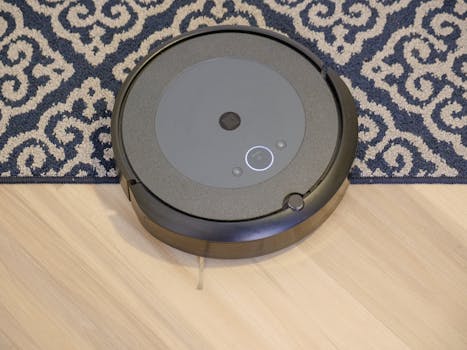
Smart Homes and Smart Living: The Technological Transformation of European Homes by 2025
Smart Homes and Smart Living is revolutionizing the way Europeans live, with advanced technologies transforming homes into intelligent, efficient, and sustainable spaces. The concept of smart homes and smart living is no longer a futuristic idea, but a reality that is changing the face of European homes. In this article, we will explore the technological transformation of European homes by 2025 and what it means for the future of living.
Introduction to Smart Homes and Smart Living
Smart homes and smart living refer to the integration of advanced technologies, such as artificial intelligence, Internet of Things (IoT), and data analytics, into homes to create a more efficient, comfortable, and sustainable living environment. This concept has been gaining traction in Europe, with many homeowners adopting smart home devices and systems to improve their quality of life.
Technological Advancements in Smart Homes
Several technological advancements are driving the transformation of European homes into smart homes. Some of the key technologies include:
- Artificial Intelligence (AI): AI is being used to develop intelligent home systems that can learn and adapt to the habits and preferences of homeowners.
- Internet of Things (IoT): IoT is enabling the connection of various devices and appliances in the home, creating a network of smart devices that can communicate with each other.
- Data Analytics: Data analytics is being used to analyze data from various sources, such as energy consumption, water usage, and air quality, to provide insights and recommendations for improving the efficiency and sustainability of homes.
Benefits of Smart Homes and Smart Living
The benefits of smart homes and smart living are numerous, including:
- Energy Efficiency: Smart homes can optimize energy consumption, reducing waste and saving homeowners money.
- Enhanced Comfort: Smart homes can adjust temperature, lighting, and other conditions to create a comfortable living environment.
- Improved Safety: Smart homes can detect and respond to potential safety risks, such as fire or flooding.
- Increased Convenience: Smart homes can automate various tasks, such as cleaning and maintenance, freeing up time for homeowners to focus on other activities.
Challenges and Limitations of Smart Homes and Smart Living
While the benefits of smart homes and smart living are significant, there are also challenges and limitations to consider, including:
- Cost: Smart home devices and systems can be expensive, making them inaccessible to some homeowners.
- Complexity: Smart home systems can be complex and difficult to install and maintain.
- Security: Smart homes can be vulnerable to cyber attacks and data breaches, compromising the security and privacy of homeowners.
Conclusion
In conclusion, the technological transformation of European homes by 2025 is a reality that is changing the face of living. Smart homes and smart living offer numerous benefits, including energy efficiency, enhanced comfort, improved safety, and increased convenience. However, there are also challenges and limitations to consider, such as cost, complexity, and security. As the concept of smart homes and smart living continues to evolve, it is essential to address these challenges and ensure that the benefits of smart homes are accessible to all.





